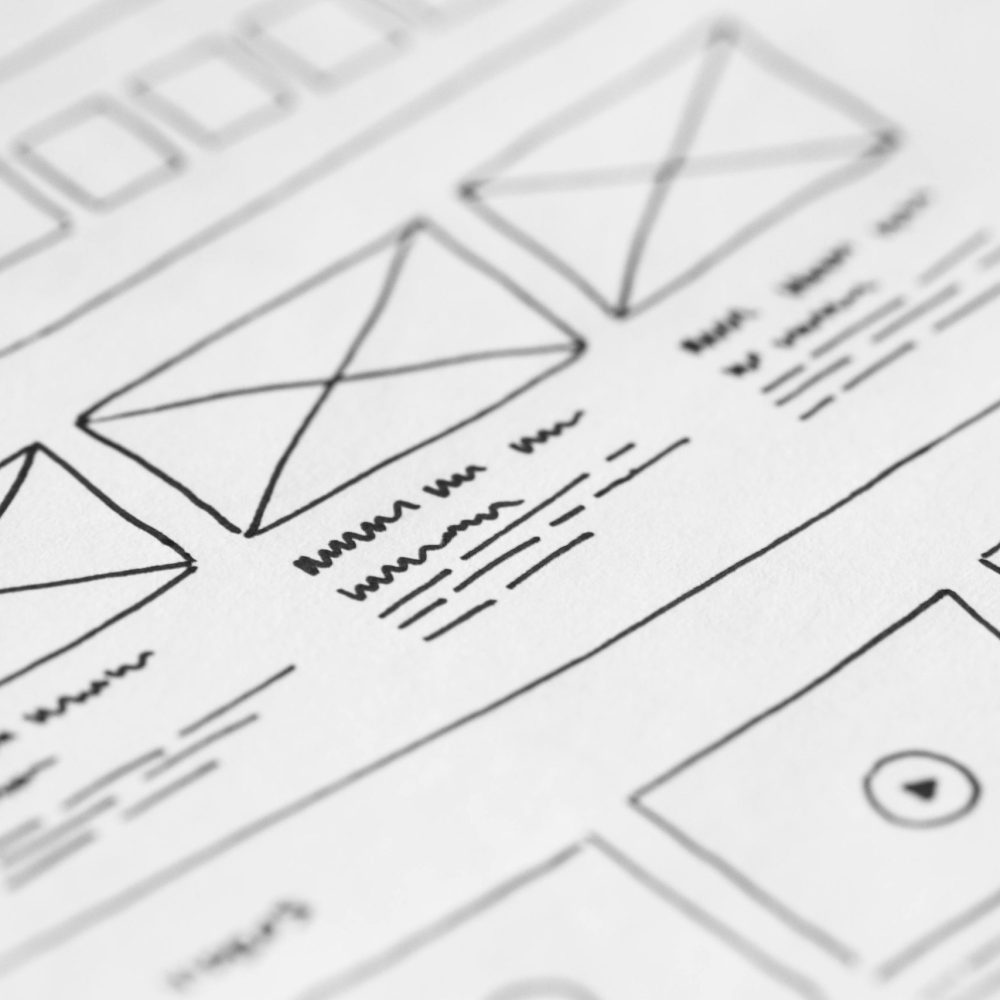User Experience (UX) design is a multifaceted discipline that focuses on enhancing user satisfaction in website design by improving the usability, accessibility, and pleasure provided in the interaction between users and website itself.

UX and UI web design has gained immense importance in the digital age, as businesses recognise that a well-designed website user experience can significantly impact user engagement, brand loyalty, and overall success. At its core, UX design is about understanding the needs, behaviours, and challenges of users. This understanding is achieved through research and analysis, which takes various forms:
200-400%
Increase in Conversion Rates
Companies that prioritise UX design see an average conversion rate increase
1.6 times higher
Customer Satisfaction
Engaging experiences lead to deeper connections with users.
The significance of UX design cannot be overstated. A well-crafted user experience leads to higher user satisfaction and loyalty. In a competitive market, companies that prioritise UX are more likely to differentiate themselves from their competitors. Here are some key reasons why UX design matters:

Here are some frequently asked questions (FAQs) about UX and UI design
What is UX design?
UX (User Experience) design is the process of enhancing user satisfaction by improving the usability, accessibility, and pleasure provided in the interaction between users and products, particularly in digital contexts like websites and applications.
Why is UX design important for webistes in the UK?
Effective UX design can lead to increased user engagement, higher conversion rates, and improved customer loyalty. In a competitive market, a strong user experience can differentiate a brand and enhance its reputation.
How does UX design differ from UI design?
UX design focuses on the overall experience and usability of a product, while UI (User Interface) design deals specifically with the visual and interactive elements of a product. Both are crucial but address different aspects of the user experience.
What is a UI design system, and why is it important?
A design system is a collection of reusable components, guidelines, and standards that ensure consistency across a product’s UI. It streamlines the design process and enhances collaboration among team members.